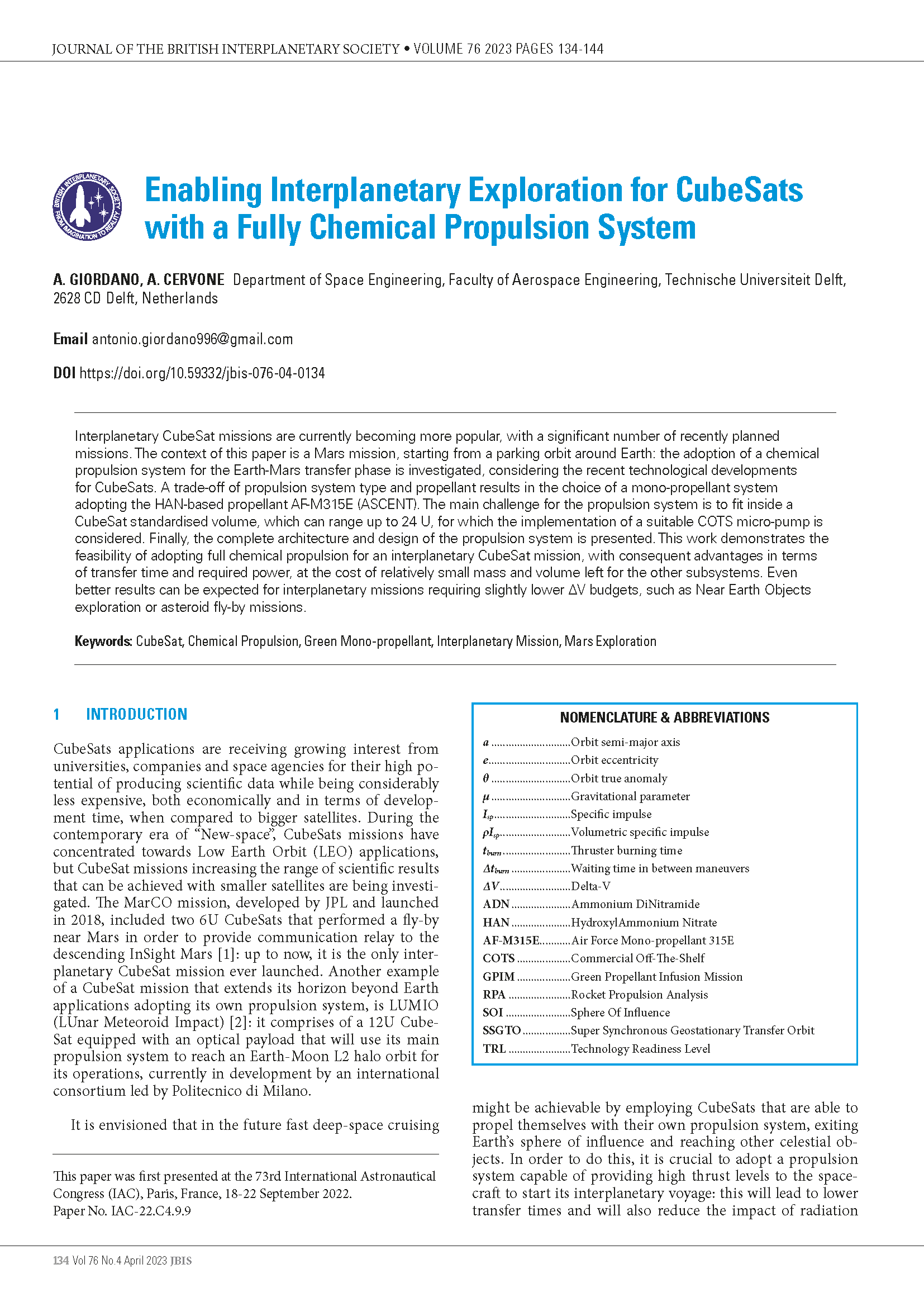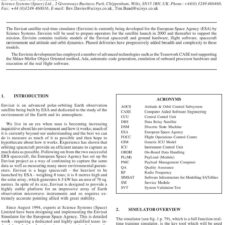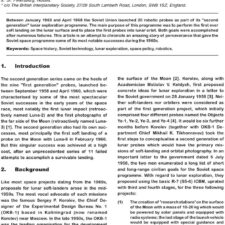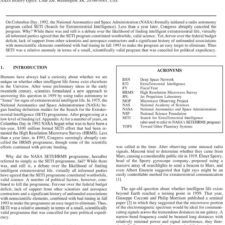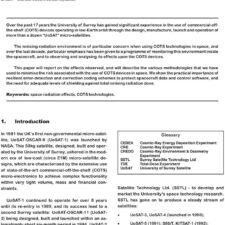Enabling Interplanetary Exploration for CubeSats with a Fully Chemical Propulsion System
£5.00
A. Giordano, A. Cervone (2023), JBIS, 76, pp.134-144
Refcode: 2023.76.134
DOI: https://doi.org/10.59332/jbis-076-04-0134
Interplanetary CubeSat missions are currently becoming more popular, with a significant number of recently planned
missions. The context of this paper is a Mars mission, starting from a parking orbit around Earth: the adoption of a chemical
propulsion system for the Earth-Mars transfer phase is investigated, considering the recent technological developments
for CubeSats. A trade-off of propulsion system type and propellant results in the choice of a mono-propellant system
adopting the HAN-based propellant AF-M315E (ASCENT). The main challenge for the propulsion system is to fit inside a
CubeSat standardised volume, which can range up to 24 U, for which the implementation of a suitable COTS micro-pump is
considered. Finally, the complete architecture and design of the propulsion system is presented. This work demonstrates the
feasibility of adopting full chemical propulsion for an interplanetary CubeSat mission, with consequent advantages in terms
of transfer time and required power, at the cost of relatively small mass and volume left for the other subsystems. Even
better results can be expected for interplanetary missions requiring slightly lower ΔV budgets, such as Near Earth Objects
exploration or asteroid fly-by missions.
Keywords: CubeSat, Chemical Propulsion, Green Mono-propellant, Interplanetary Mission, Mars Exploration

